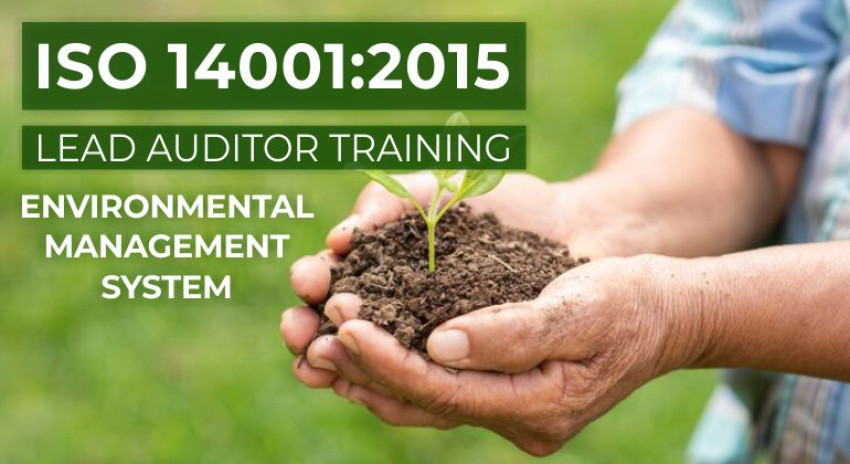
In the latest era of developing environmental worries, organizations across numerous sectors are more and more spotting the significance of sustainable practices. Implementing an Environmental Management System (EMS) based on the ISO 14001 standard offers a structured framework for achieving environmental excellence. This guide delves into the core requirements of ISO 14001, equipping organizations with a foundational understanding of this widely recognized standard.
ISO 14001 provides a set of requirements, not specifications, for establishing, implementing, maintaining, and continually improving an effective EMS. It outlines a plan-do-check-act (PDCA) cycle for continual improvement, ensuring ongoing efforts toward environmental sustainability. The standard applies to organizations of all sizes and industries, demonstrating its versatility and widespread applicability.
Key Requirements of ISO 14001 for Organization:
• Context of the Organization: This clause requires organizations to understand the internal and external factors influencing their environmental aspects, including environmental concerns, interested parties, and relevant legal and other requirements.
• Leadership: Top management commitment is crucial for the success of an EMS. This clause emphasizes the need for leadership to demonstrate commitment to environmental management, establish the environmental policy, and allocate necessary resources.
• Planning: Organizations need to establish an environmental policy that aligns with their context and reflects their commitment to environmental protection. Additionally, they must identify environmental aspects, their associated impacts, and the necessary controls to manage them.
• Support: This clause emphasizes the importance of providing the necessary resources, including personnel, training, infrastructure, and technology, to effectively implement and maintain the EMS.
• Operation: Organizations must establish and maintain documented procedures to control operations that can have significant environmental impacts. This includes waste management, pollution prevention, and resource efficiency measures.
• Performance Evaluation: Monitoring, measurement, analysis, and evaluation are vital for assessing the effectiveness of the EMS and identifying areas for improvement. This clause outlines the requirements for monitoring key environmental performance indicators (KPIs).
• Improvement: Based on the performance evaluation, organizations must strive to continually improve their environmental performance and the EMS itself. This includes taking corrective actions to address non-conformities and implementing preventive actions to mitigate potential environmental risks.
Benefits of Implementing ISO 14001:
Implementing an ISO 14001-compliant EMS offers numerous benefits for organizations, including:
• Reduced environmental impact: By identifying and managing environmental aspects, organizations can minimize their environmental footprint and contribute to a more sustainable future.
• Enhanced compliance: The standard helps ensure adherence to relevant environmental regulations, mitigating the risk of non-compliance penalties.
• Improved resource efficiency: Implementing best practices for resource utilization can lead to cost savings through reduced waste and energy consumption.
• Enhanced brand reputation: Demonstrating a commitment to environmental responsibility can strengthen an organization's brand image and attract environmentally conscious customers and stakeholders.
• Competitive advantage: Certification to ISO 14001 can provide a competitive edge in industries where environmental sustainability is a key concern.
Conclusion:
Understanding the core requirements of ISO 14001 empowers organizations to embark on the journey toward environmental excellence. By implementing an effective EMS based on these requirements, organizations can contribute to a more sustainable future while reaping numerous benefits for their operations and reputation. Exploring additional resources, such as online ISO 14001 lead auditor training, can further equip individuals and organizations with the knowledge and skills necessary to successfully navigate the path towards environmental sustainability.


